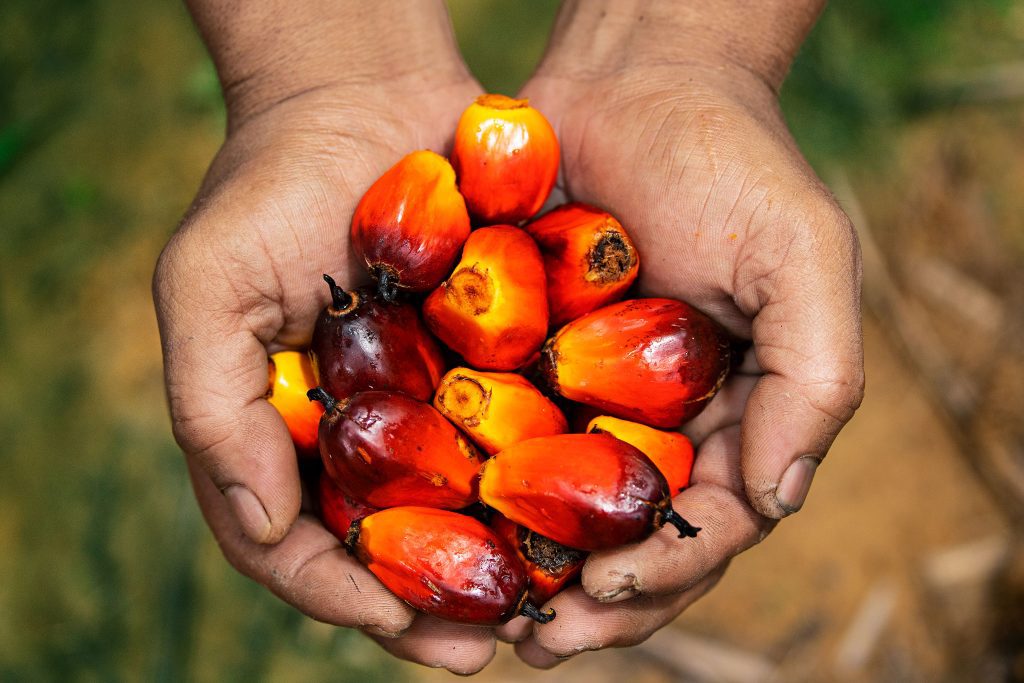The palm oil industry is doing really well. This is because palm oil has so many uses. Primarily, it is used for cooking, particularly in tropical countries where palms thrive. In developed countries, it is more popular for its byproducts: cosmetics, detergent, and food products like ice cream.
The palm oil industry is thriving because the product has so many uses. As for cooking oil, it was found to produce better yield at low production costs. The industry has also opened so many work opportunities for laborers. Palm oil plantations are cropping up in many parts of Asia, Africa, and Latin America. Government leaders are also supportive because they bring in income for the government and its people. But at what cost?
Loss of habitat
Tropical forests are being cleared to give way to palm oil plantations. When you look at the regions that these plantations are operating, they all represent areas where there is high biodiversity among animals. Africa is where the Big 5 animals live. They are buffaloes, elephants, leopards, lions, and rhinoceroses. So imagine converting part of their habitat into a palm oil plantation. That would mean that these large animals would have to cram themselves in a much smaller place.
Southeast Asia is known for its jungles. But because most of the countries in this region are developing nations, the government would always choose income over preserving nature. The Amazon Rainforest in South America is so large that it represents more than half of the world’s remaining rainforests. But there may come a time when that is no longer the case, as palm oil companies are slowly chipping away parts of the rainforest.
When large corporations try to take over rainforests, it is only with profit in mind. The government supports them because the country earns from hosting the operations of these businesses. What the government and these corporations don’t realize is that by taking away the habitat of wild animals, we are forcing them onto their deaths.
Drying out swamps
Palm oil plantations are also taking over swamps. But because palm oils don’t thrive in wet surfaces, the natural water has to be drained. Not only are we losing water in the process, but we are also losing a natural combatant against carbon dioxide. Even worse, researchers found that the dried out swamps produce greenhouse gases. The swamp contains peats from decomposed plants. When peats are on swamps, they are harmless. However, when they are on dry ground, they are converted to greenhouse gases.
Gas emissions as a result of the conversion of peat swamp forest to plantation are found to have increased by 0.8 percent. That is not good. Not only are animals losing their homes because of these palm oil plantations, but it will also cause possible damage to their homes.
World Wildlife Fund
Organizations like the World Wildlife Fund recognize the importance of palm oil plantations. However, it should not be at the cost of animal habitats. It is the goal of the organization to find a more acceptable way of producing palm oil through socially acceptable and eco-friendly practices. This is why the organization needs all the help it can get—from funds to support research to expert suggestions on creating a more sustainable palm oil production.
What To Do
Help organizations that are giving back.
Manakin Dance aims to do its part for the environment by producing clothes and accessories that impart environmental lessons. Not only that, 10% of the profits made from the sale of those products will be donated to the World Wildlife Fund.
Dylan Welch is the CEO and Host of Going Green, a podcast, website, and social media brand that highlights renewable energy, cleantech, and sustainable news.

